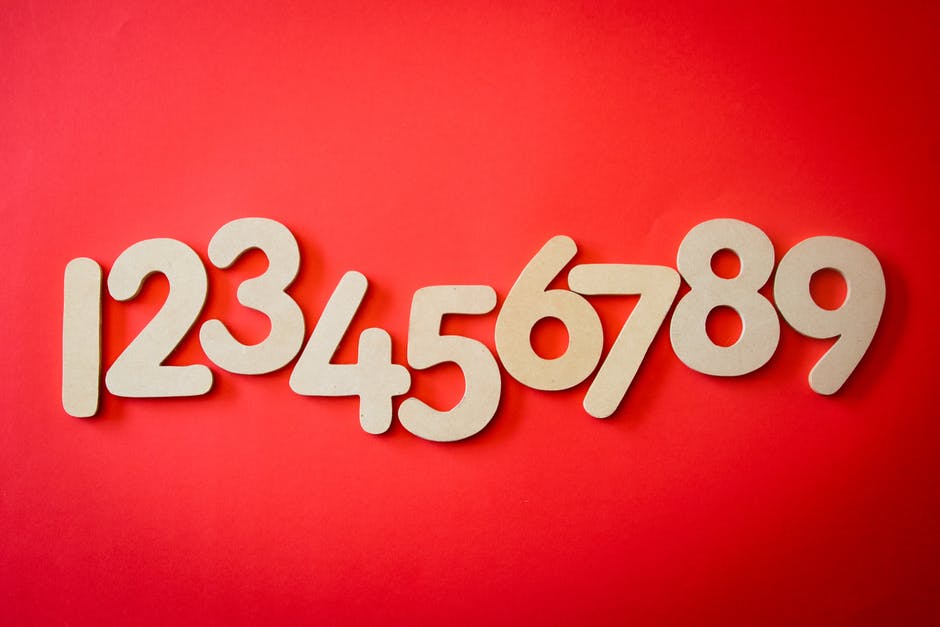Significant figures, or sig figs, are a crucial tool used in various disciplines, such as math, chemistry, and physics. If you’ve never heard of them, don’t fear.
Sig figs are used to represent precise measurements when there is no room for error without having to use numbers with an endless number of digits. It’s a way of presenting complex data in a form that is immediately comprehensible.
Keep reading and we’ll teach you how to calculate sig figs and where to find the best sig fig calculator online.
Sig Figs 101
With any number, certain digits (figures) of that number are considered significant. These digits are significant because they help indicate how precise the number actually is.
A digit that is not zero is always considered a significant figure. That’s because it’s considered relevant to our measurement. It indicates a quantity of something, whereas the number zero does not.
There are several rules outlining when a zero is considered a significant figure and when it’s not. For example, a zero in between two sig figs is itself a sig fig. Because of its placement, this zero is still necessary to indicate the number’s precise quantity. For example, the number 1002 has 4 sig figs.
Zeroes that are after a decimal point but before other sig figs are not sig figs. In the number 0.00045, there are only 2 sig figs.
However, zeroes that are after a decimal point and after a sig fig – i.e. at the end of the number – are significant. This is why the number 0.500 has 3 sig figs, but 0.0050 only has 2 sig figs.
How to Calculate Sig Figs
You probably already know how to add and subtract numbers with different amounts of sig figs. For example, 81 + 2.55 = 83.55.
However, we use sig figs for a reason. Certain measurements often need to have a specific number of sig figs in order to be accurate. When this happens, we round the number until we end up with the appropriate amount of sig figs.
Using the above example, let’s say the measurement needs to be in 3 sig figs, but the number 83.55 has 4. We’ll round the decimal to eliminate one of the sig figs. In this case, the answer would be 83.6.
The opposite can also be true. If you need to show the measurement in 5 sig figs, add a 0 to the end of the number to get 83.550.
It can be difficult to juggle the rules for what is and isn’t a sig fig while doing equations. Consider using a sig fig calculator if you get stuck.
Using a sig fig addition calculator or a sig fig rounding calculator can help push you in the right direction. Once you know the answer, you can work backward to determine which digits are sig figs, why they are classed as such, and how to get to the final, rounded number.
Guides and How-To’s
These rules can be tricky, but with practice, you’ll learn how to calculate sig figs in no time. Using a correct sig fig calculator is one tactic that can help jump-start your learning.
Our site isn’t just for math – we have a wide variety of at-home how-to’s available to help the average Joe in all areas of home and work life. Check out the rest of our site to pick up some new tips and tricks today.
